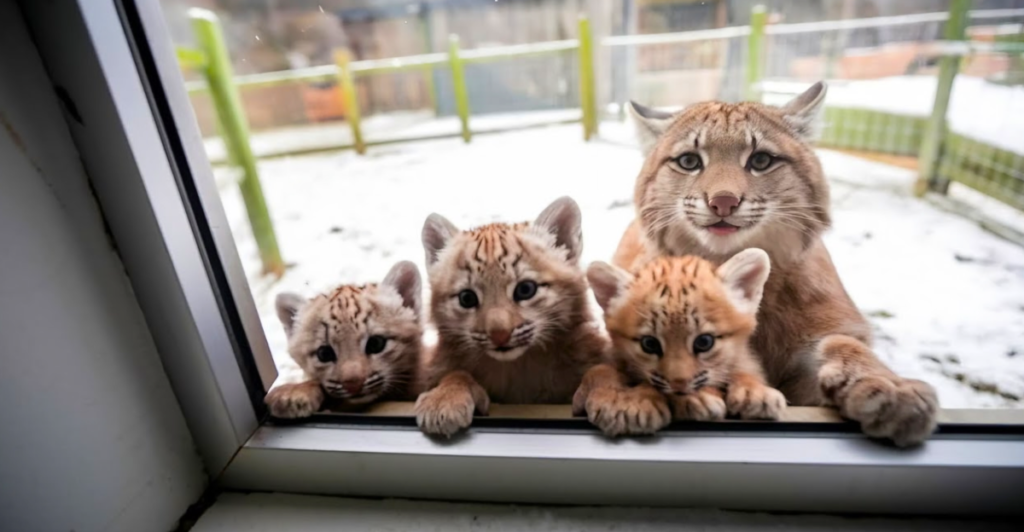
The bobcat (Lynx rufus), a medium-sized wildcat, is the most common feline predator in North America. With an estimated population ranging from 2.3 to 3.5 million, these cats are found across diverse habitats, from Mexico to southern Canada and in every U.S. state except Delaware. Bobcats have a wide range, though they are rarely spotted due to their elusive nature and preference for dense cover. Known for their distinctive “bobbed” tail, these solitary hunters are fascinating creatures with unique adaptations that make it easy for them to survive in various environments. Here are 10 mind-blowing facts about bobcats that highlight their remarkable charecteristics.
1. Smallest of the Lynx Family
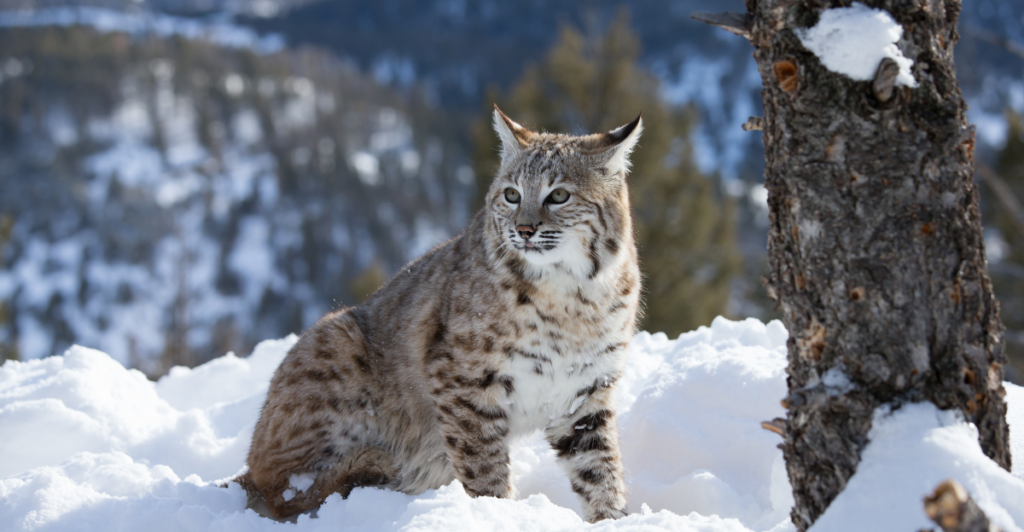
Bobcats are the smallest members of the lynx family. They weigh between 8 to 33 pounds and measure 25 to 42 inches long (not including their tail). Males are generally bigger than females, with northern bobcats typically larger than their southern counterparts due to environmental factors like prey size and colder climates.
2. Masters of Camouflage
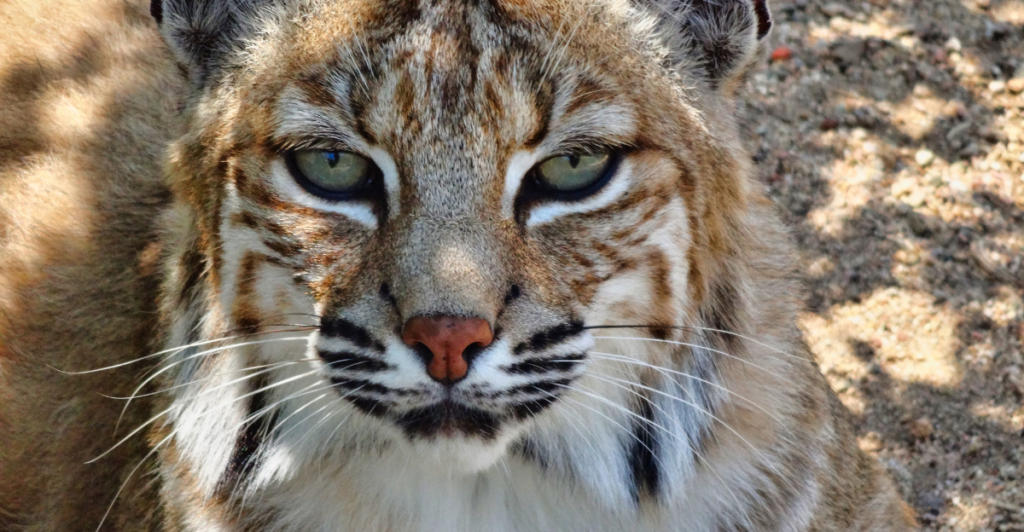
Bobcats are often mistaken for domestic cats, kittens, or other larger predators, such as mountain lions or Canada lynx. Their reddish-brown fur, covered with black spots, seamlessly camouflages them into their surroundings, making them invisible to the eye in forests, swamps, or scrublands.
3. Skilled Hunters with a Diverse Diet
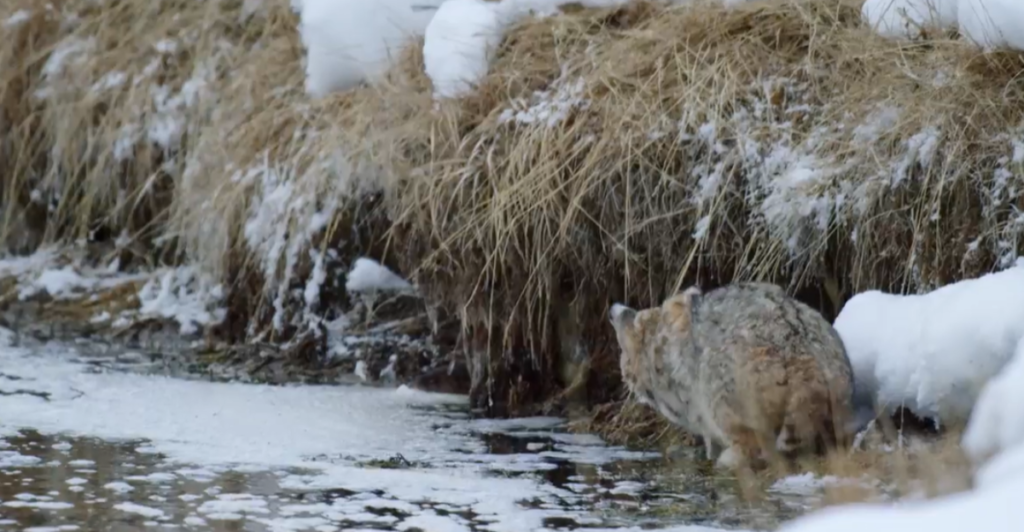
Bobcats generally hunt smaller creatures like rabbits and rodents, though they can even take down larger prey, such as deer when resources are limited. They are stealthy hunters and can run at speeds of up to 30 mph for short distances.
4. Solitary and Territorial Creatures
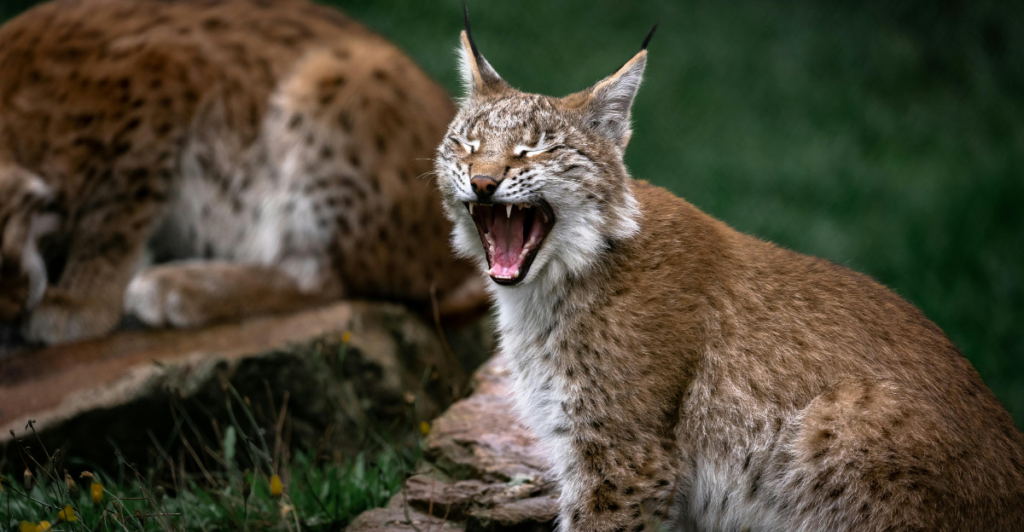
These cats are solitary and territorial, and they fiercely protect their homes from intruders. Male bobcats have ranges spanning up to 25 square miles, which tend to overlap with female territories but rarely with other males. They use scent markings to establish boundaries and keep the intruders away.
5. Multiple Dens for Safety

Bobcats have multiple dens scattered throughout their territory for different purposes. The primary den (natal den) is usually a cave or hollow tree where they raise their young, while auxiliary dens offer temporary refuge during hunting trips or serve as safe places to rest.
6. Dedicated Mothers and Hunters-in-Training
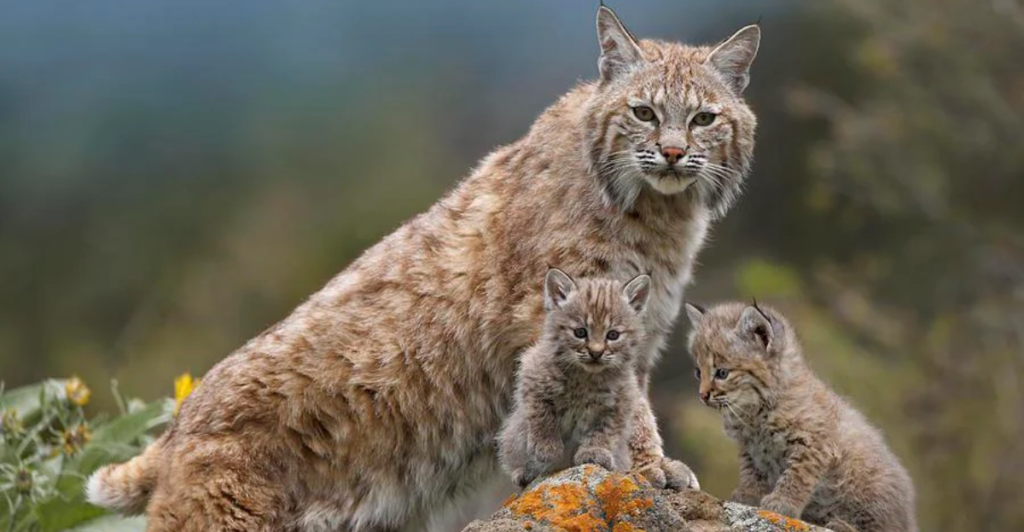
Female bobcats have litters of one to six kittens, which remain in the natal den for about two months. The mother teaches her young how to hunt by bringing them live prey and demonstrates hunting techniques until they become independent at around 11 months old.
7. Resilient but Threatened in Some Areas
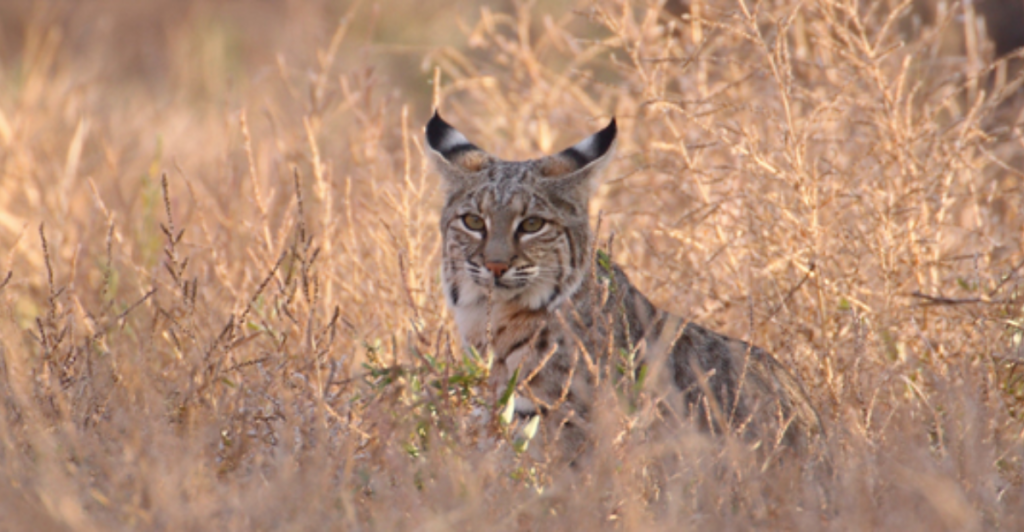
They are considered “Least Concern” by IUCN because of their stable populations overall, but bobcats face threats of habitat loss, hunting, and poisoning from rodenticides. The Mexican bobcat is classified as endangered in some regions, which emphasizes the importance of conservation efforts.
8. Adaptable Urban Survivors
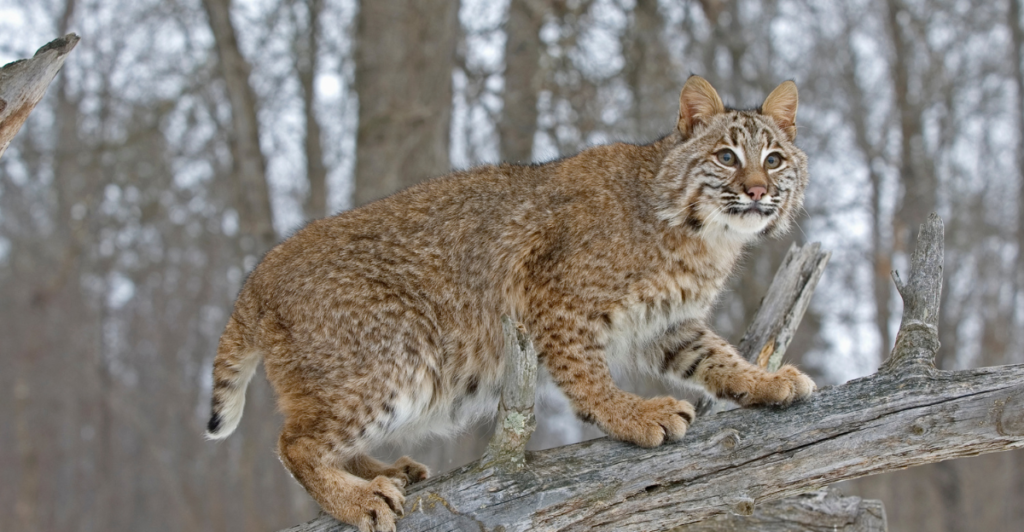
Bobcats have also shown remarkable adaptability and have been found near developments, including suburbs and agricultural areas. They may also use fragmented habitats along urban edges, where food resources, such as rodents, are plentiful.
9. Cultural Significance
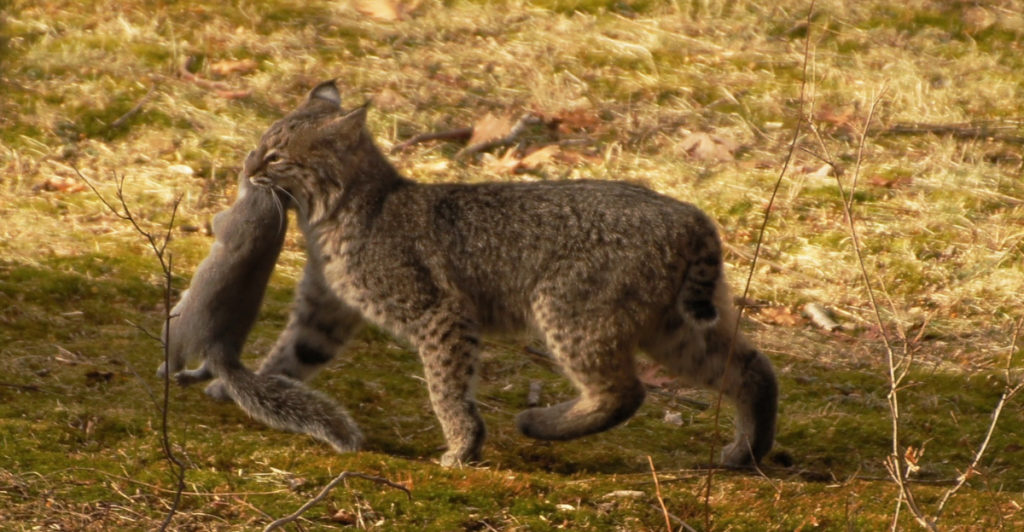
Bobcats symbolize vigilance, patience, and duality in Native American mythology, specifically when combined with coyotes in folklore. These features show their excellent hunting abilities and their ability to thrive in difficult environments.
10. Record-Breaking Leaps
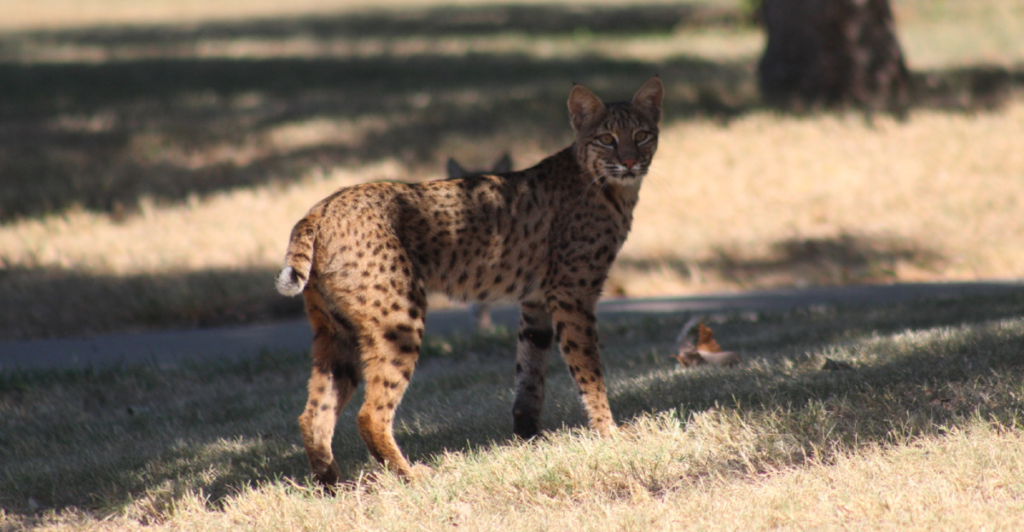
Bobcats are incredibly athletic animals, able to leap over 10 feet in either horizontal or vertical distance if pursuing prey or fleeing predators. This agility is essential for surviving in dense forests and open terrain.
The bobcat is one of North America’s most interesting wild animals because of its adaptability, intelligence, and solitary nature. The bobcat remains a subject of fascination for wildlife enthusiasts and researchers alike, from its life as a solitary hunter to its cultural significance in folklore. Despite challenges like habitat fragmentation and hunting pressures, this predator plays a crucial role in maintaining the ecosystems of much of North America,
Explore more of our trending stories and hit Follow to keep them coming to your feed!

Don’t miss out on more stories like this! Hit the Follow button at the top of this article to stay updated with the latest news. Share your thoughts in the comments—we’d love to hear from you!







